Overview
This was a collaborative project between DNR Wildlife, the National Wild Turkey Federation, and DNR Forestry to bolster oak regeneration (post harvest) on a stand in the Ah-gwah-ching Wildlife Management Area.
Stand was set up for a 2 cut shelterwood harvest and the first cut of the shelterwood harvest occurred in winter 2017. Goal of this harvest was to reduce canopy to 60% residual canopy closure, where oak crop trees were present. This was accomplished in 2/3 of the stand, the other 1/3rd did not have an oak crop tree presence and retained a +/-20% canopy closure, mimicking more of a seed tree harvest. The second cut of the shelterwood harvest will be completed after advanced oak regeneration is firmly established.
2018 regeneration survey found poor recruitment in half the stand. The stand was broken down into 3 sections:
- The NE portion of the stand.This area had a solid 60% canopy closure and practically all the oak regeneration was found here in 2018. Competition (in order of prevalence) were raspberry, weeds, and grass/sedges. This area did not receive treatment, post harvest.
- The South portion of the stand. This area had little to no stocking of any regenerating species, 60% canopy closure of residual trees in pockets, competing species (in order of prevalence) were woolgrass/sedges, raspberry, & aspen. This area was anchor chained for scarification and hand seeded with Plantskydd covered acorns.
- The West portion of the stand. This area had little to no stocking of oak, but most of the aspen regeneration was found in this area. There was poor canopy closure (+/-20%) of residual trees, competing species (in order of prevalence) were apsen, woolgrass/sedges, raspberry. This area was anchor chained for scarification and hand seeded with "plain" acorns.
The anchor chaining and hand seeding of the South and West portions of the stand were completed in late fall 2019. Regeneration survey results in 2020 reflect excellent northern red oak recruitment in all portions of the stand, although we were unable to discern the effectiveness of the hand seeding or Plantskydd due to a bumper crop of acorns in 2019. The stand will need release in the near future, but inital establishment was successful. I concluded that the anchor chain was effective at soil scarification conducive to acorn establishment. The anchor chain will set back competition temporarily, but followup release treatments should be expected. And finally, it is important to note that the harvest prescription of 60% canopy closure was an effective strategy to regenerate northern red oak in 1/2 of this stand.
Silviculture Objective(s)
The management goal was to begin the regeneration process, primarily of oak, to promote advanced regeneration for the purposes of forest management and to enhance wildlife habitat. This was to be established through a 2-cut shelterwood harvest.
Pre-treatment stand description and condition
Stand establishment and management history:
Stand is estimated to be established between 1911 and 1925. We have no records indicating past management nor was anything evident on site.
First cut in shelterwood harvest: the stand was marked in 2015, attempting to reduce to 60% residual canopy closure, where oak crop trees were present. This was accomplished in 2/3 of the stand, the other 1/3rd did not have an oak crop tree presence and retained a +/-20% canopy closure, mimicking more of a seed tree harvest. Stand was harvested in the winter of 2017. Species removed during harvest were: basswood 40% oak 32% (bur oak 18%; red oak 82%) northern hardwoods: 20% (ash 34%; red maple 10%; paper birch 20%; sugar maple 36%) and aspen 8%. Biomass was also removed from the site.
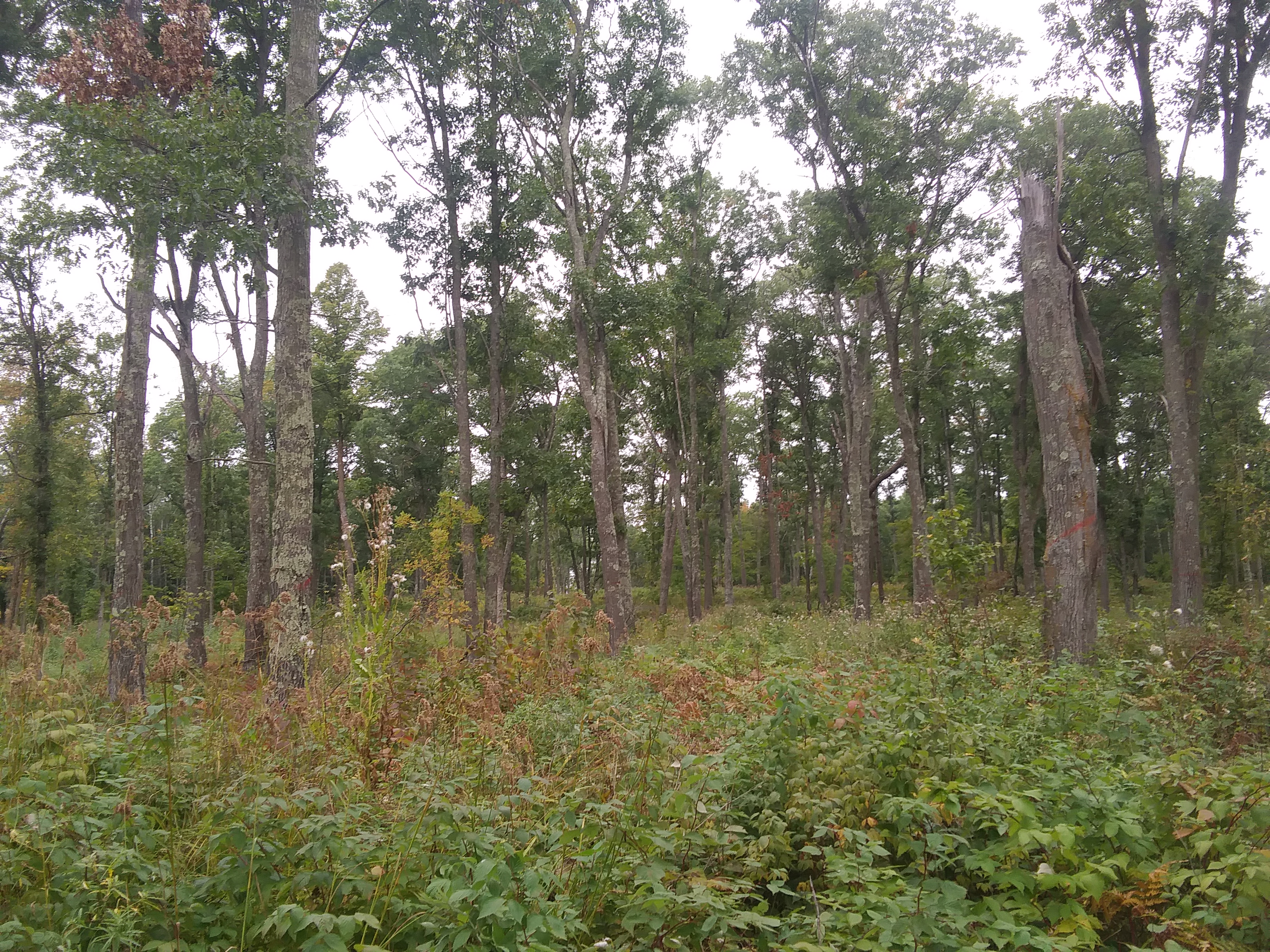
Figure 1: 1 yr post harvest pre-treatment (fall 2018)
The second cut of the shelterwood harvest will not be considered until after advanced oak regeneration is firmly established in the stand.
Pre-treatment species composition:
Northern hardwood stand with the dominant species: northern red oak, bur oak, basswood, trembling aspen, sugar maple, red maple, ash, and paper birch.
Pre-treatment growth and stocking:
This was a fully stocked stand, a formal regen survey was not done pre-harvest but only sugar maple seedlings were noted in the understory.
2018: First year regen survey post harvest found recruitment was poor in half of the stand. The Table 1 regeneration survey numbers reflect the entire stand.
Table 1: Regeneration stocking in 2018, one year after the shelterwood prep cut.
|
Species |
Trees per acre |
|
Northern Red oak (56% stocking, entirely in the NE) |
175 |
|
Bur oak (33% stocking, entirely in the NE) |
137 |
|
Ash |
233 |
|
Maple |
456 |
|
Trembling aspen |
751 |
|
Basswood |
89 |
Landowner objectives/situation:
After the 2018 regeneration survey we broke the stand down into 3 areas. See aerial photo (Figure 1) below for visual breakdown, outlining each area described below.
Blue – the NE portion of the stand. This area had a solid 60% canopy closure and practically all the oak regeneration was found here in 2018. Competition (in order of prevalence) were raspberry, weeds, and grass/sedges.
Red – the S portion of the stand. This area had little to no stocking of any regenerating species, 60% canopy closure of residual trees in pockets, competing species (in order of prevalence) were woolgrass/sedges, raspberry, & aspen
Green – the W portion of the stand. This area had little to no stocking of oak, but most of the regeneration aspen was found in this area. There was poor canopy closure (+/-20%) of residual trees, competing species (in order of prevalence) were apsen, woolgrass/sedges, raspberry
Red/Green required treatment to meet our management goal to establish advanced oak regeneration. The Blue outlined portion of the stand was on-track to already meet our management goal objective, and no treatment was prescribed in this area.
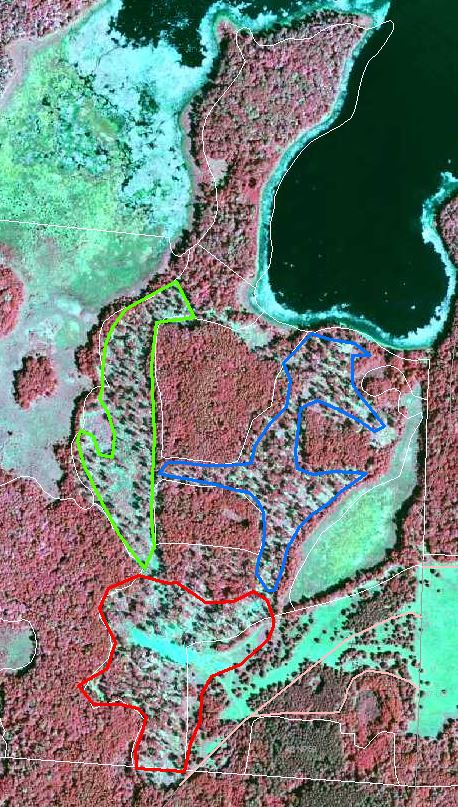
Figure 2: Breakdown of Treatment areas
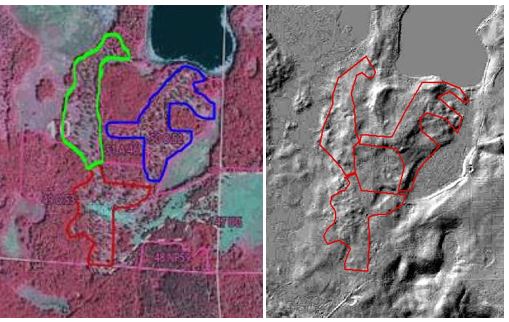
Figure 3: Elevation differences
Silviculture Prescription
DNR Forestry collaborated with DNR Wildlife staff to secure Conservation Partner Legacy (CPL) funding through the National Wild Turkey Federation (NWTF) to mechanically set back the competition and scarify the soil for seeding through the use of an anchor chain, on the portion of the stand with poor stocking (Red/Green = 22 acres)
Based on harvest data, we purchased a representative mixture of red oak and bur oak from what was originally removed from the stand during harvest, planning on hand seeding +/- 2 bushels per acre and ended up with 38 bushels total.
In an effort to protect the acorns from being eaten between seeding and germination, we experimented with applying Plantskydd to ½ of the acorns.
After seeding, mechanically scarify the soil to
- to mix the seed into the mineral soil
- set back competition from grasses, raspberry and aspen suckers
Our goal was at least 400 Oak TPA with 75% stocking in the Red and Green treatment areas.
What actually happened during the treatment
Due to the uncharacteristically wet conditions, we could not access the site until later than we anticipated.
Last week of October, 2019 we applied Plantskydd to 18 bushels of acorns (both red and bur oak). We spread them out on tarps, used a backpack sprayer to apply the Plantskydd , trayed the acorns to dry and re-bagged them.
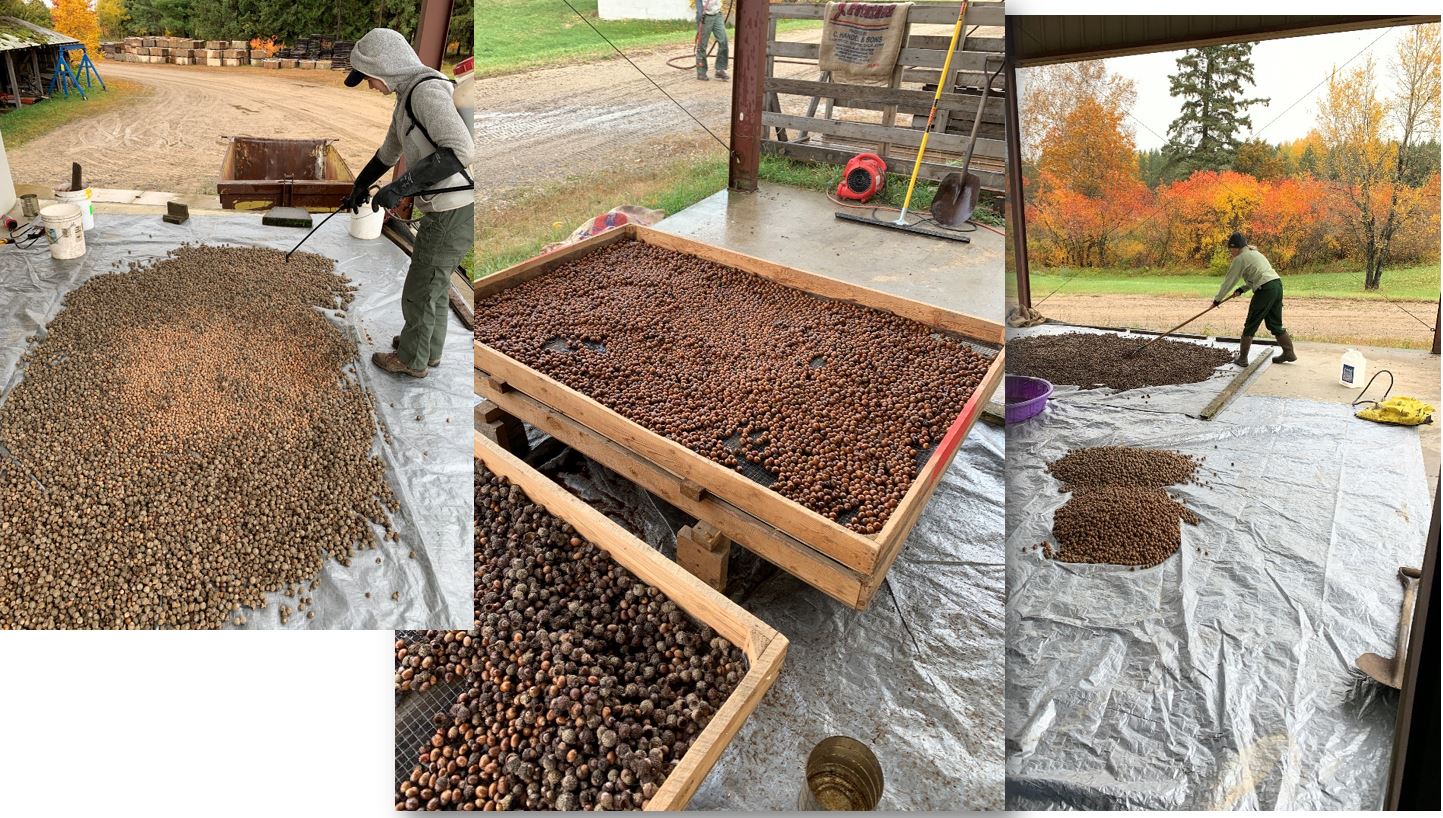
Figure 4: Plantskydd application process

Figure 5: Plantskydd on acorns
The following day 5 of us strapped planting bags on, filled them with acorns, spread out in a line and threw them as we walked for complete coverage of the treatment area. We seeded the Red area with the Plantskydd acorns and the Green area with non-Plantskydd acorns. It should also be noted that it was a bumper crop year for northern red oak acorns, which contributed to the seeding density.
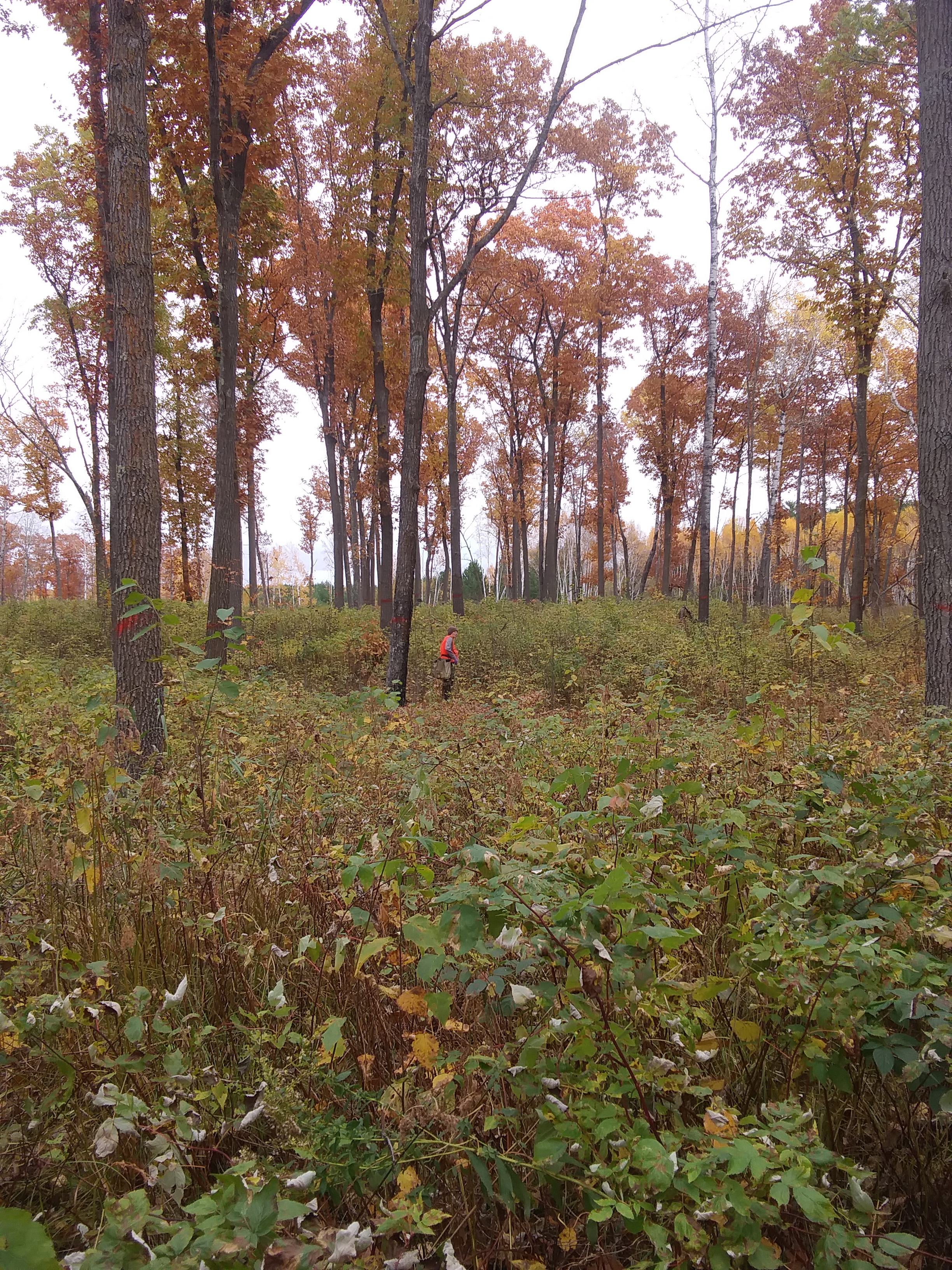
Figure 6: Hand seeding
November 6th, 2019 we contracted a logger to use his skidder to pulled a 7000# State-owned anchor chain around the site. The contract specified 2 perpendicular passes across the whole site, but that was not always possible due to the amount of residual trees that we did not want damaged. In those areas we had the contractor go back and forth (2-6 times or until we had the scarification we desired). Ideally, competition torn out resulting in exposed, loose, bare mineral soil in the top 1-2 inches of the surface.
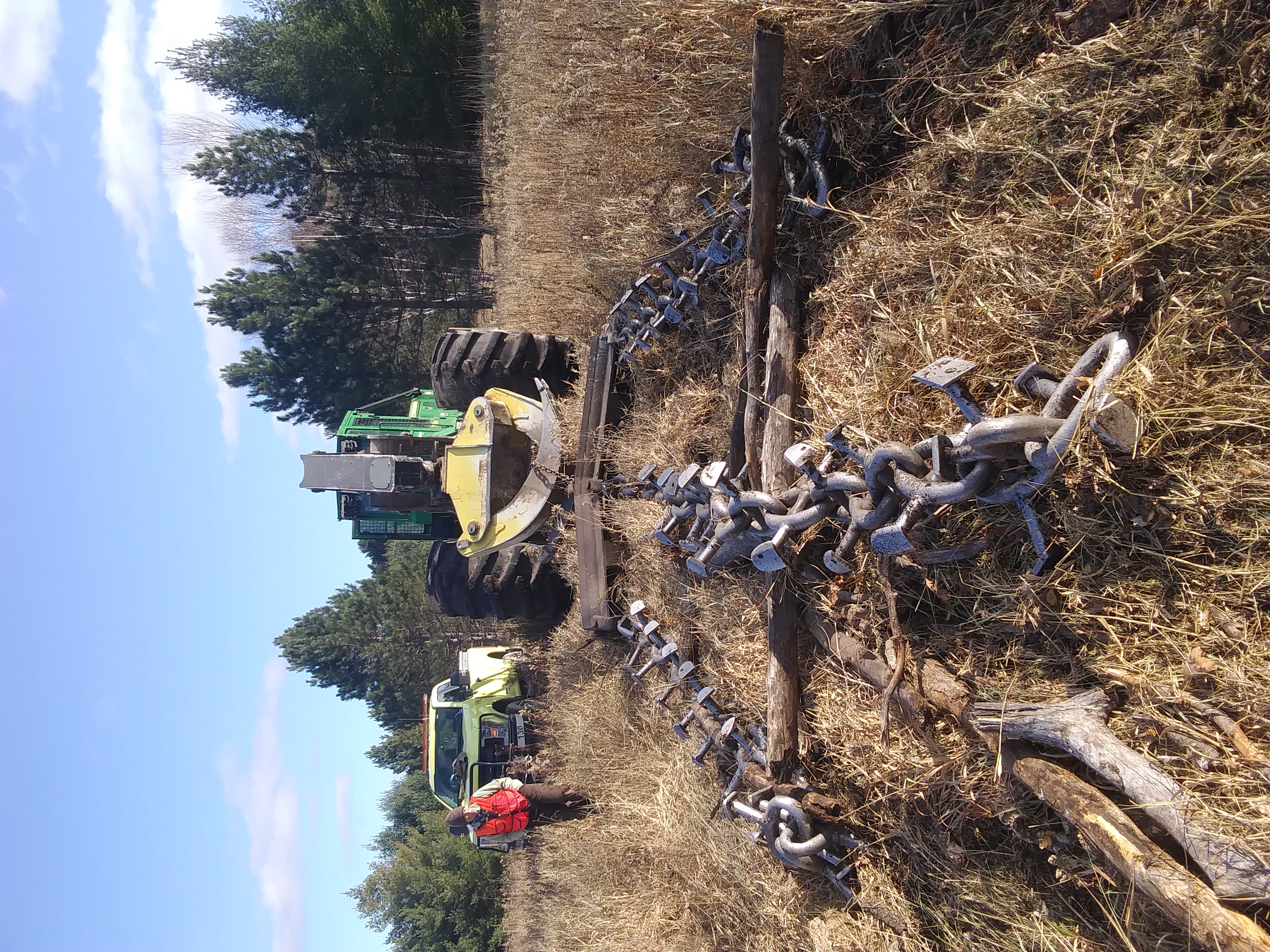
Figure 7: Anchor chain behind skidder
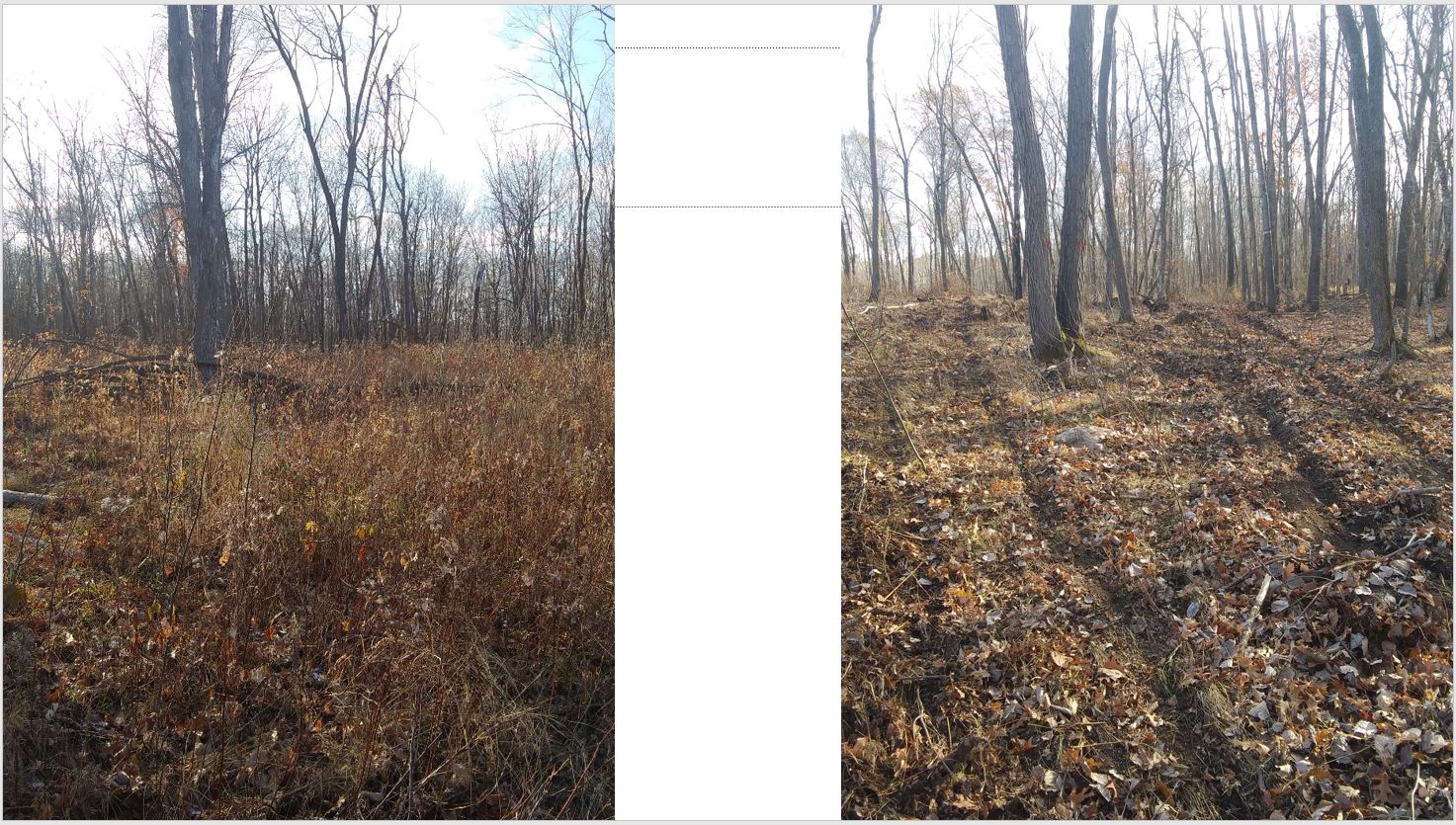
Figure 8: Rough example of before and after anchor chain went through
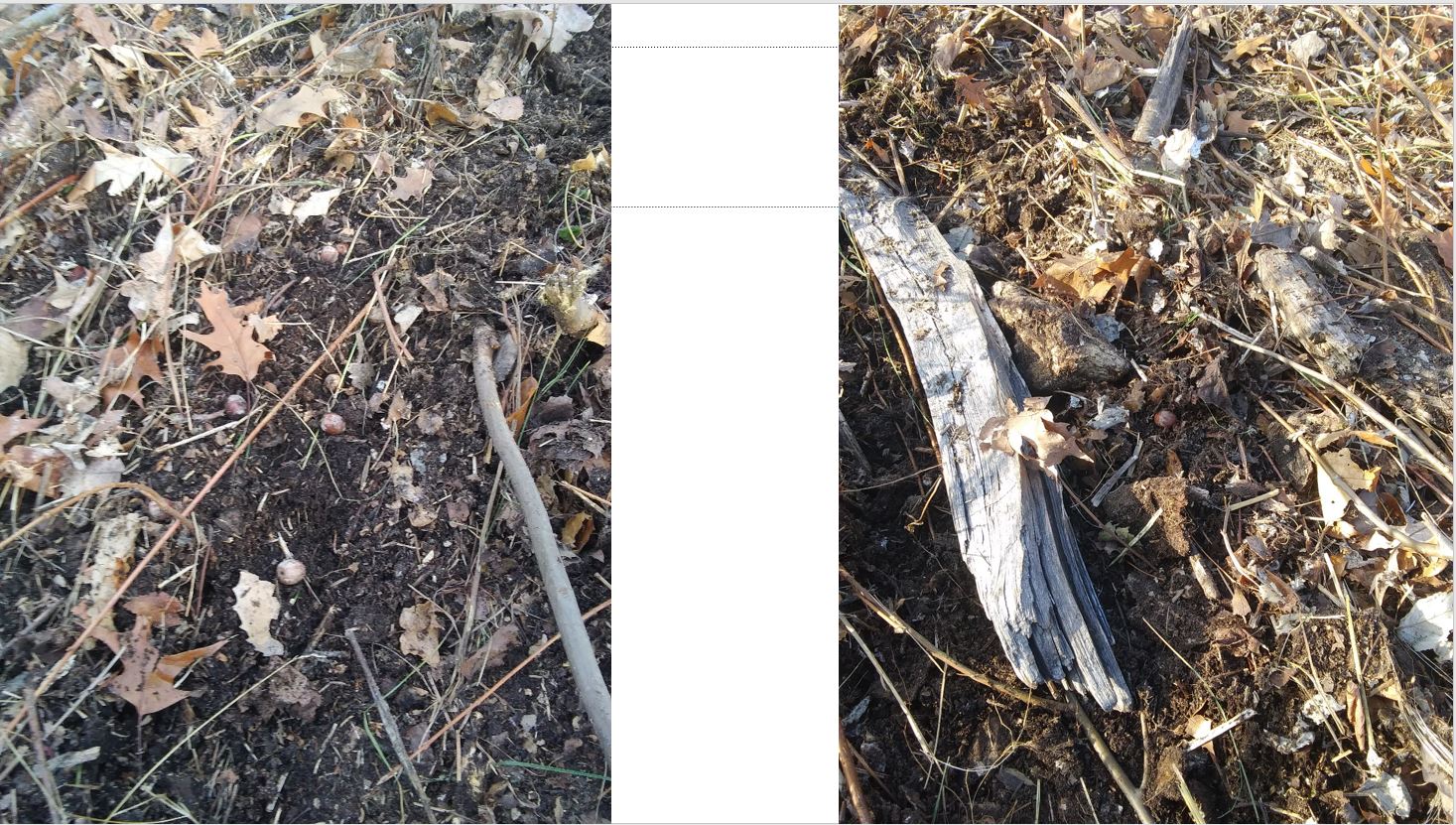
Figure 9: Acorns mixed into soil after anchor chain pass
Post-treatment assessment
Another regeneration survey was conducted October, 2020 to evaluate the effectiveness of the treatment.
Table 2: Regeneration stocking in 2020, one year after anchor chain treatment
| Species | Plantskydd portion (Red) | Non-Plantskydd portion (Green) | Unseeded portion (Blue) |
| Northern red oak | 2788 | 931 | 1482 |
| Trembling aspen | 4319 | 205 | 466 |
| Ash | 800 | 477 | 467 |
| Maple | 1225 | 205 | 214 |
| Bur oak | 0 | 0 | 0 |
| Total Trees per acre | 9132 | 1818 | 2606 |
Overall, there was great recruitment across the board. It was difficult to initially discern, by just looking at this table, whether the anchor chain treatment was effective or even necessary. The conditions in each of the 3 portions, post harvest but prior to anchor chaining greatly influenced how I interpreted the data. I concluded that the anchor chain was effective at soil scarification conducive to acorn establishment. The anchor chain will set back competition temporarily but followup release treatments should be expected.
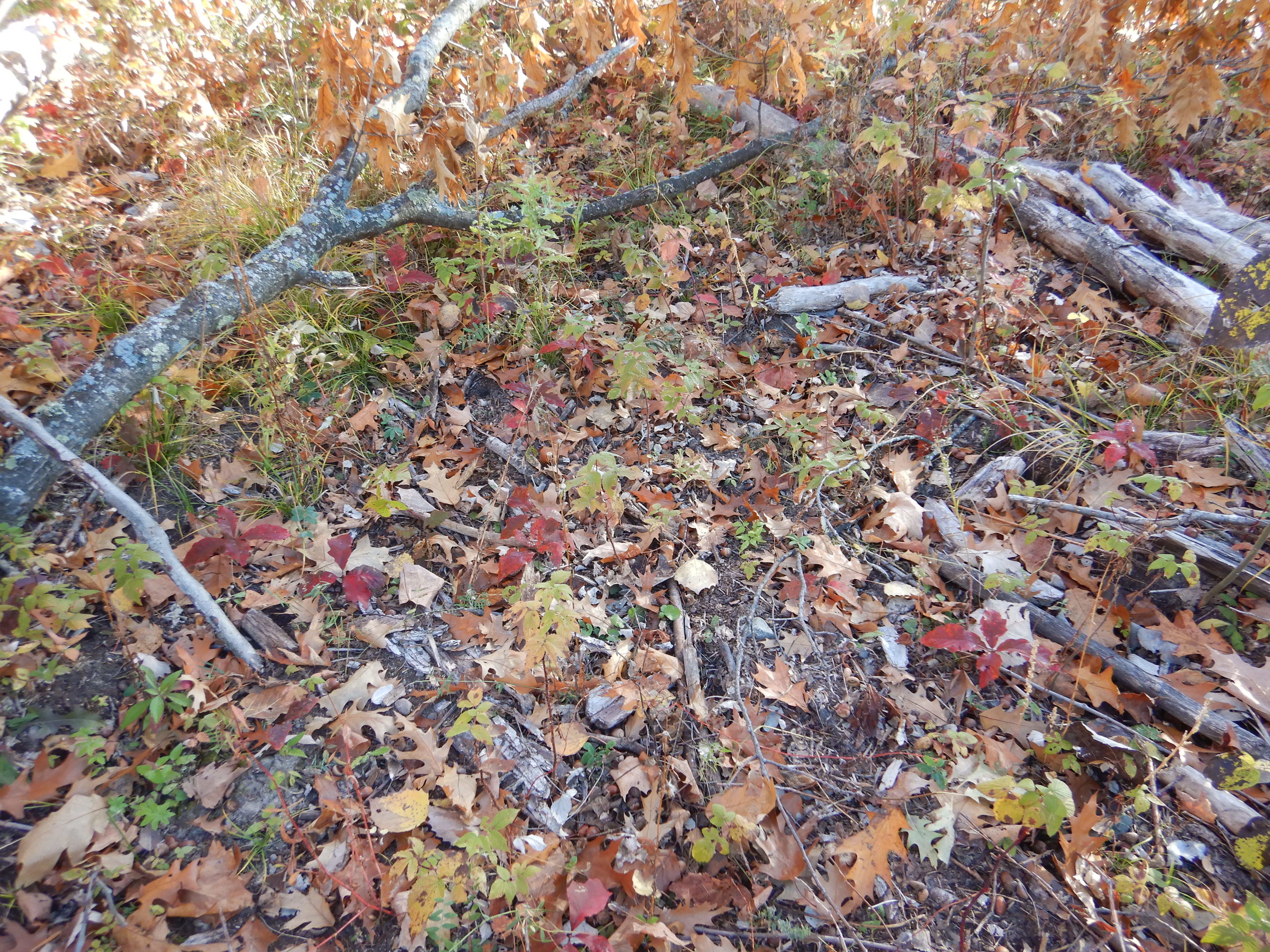
Figure 10: Oak regeneration in treatment area
The Blue area (NE), not scarified and not seeded, portion has excellent stocking of northern red oak, moderate stocking of aspen, ash, and maple and we did nothing besides the first cut of the shelterwood harvest. The residual 60% canopy closure prescription seems effective at producing conditions conducive to regenerating northern red oak, while somewhat shading out the aspen and is exactly what we were hoping for in the initial harvest prescription. However, this area was already decently stocked in the 2018 regeneration survey and its success was expected.
The Red area (S), scarified and Plantskydd acorn seeded, portion now has the highest stocking of northern red oak between all 3 areas despite having absolutely no regeneration in this portion in 2018. The residual overstory is similar to the Blue portion, so the massive increase in northern red oak regeneration is likely a direct result of the bumper acorn crop from residual canopy trees in conjunction with the anchor chain treatment/scarification. There was no aspen here in the 2018 regeneration survey, the spike in aspen regeneration noted in the table is largely limited to the large pocket where the landing was - clearly seen in the aerial photo. This area had a "slash mat" of biomass chips that did not get removed during harvest operations, and the anchor chain broke up that mat, stimulating new growth in that area. Regardless, the entire Red portion will need release in order to maintain the oak that have established.
The Green area (W), scarified and "plain" acorn seeded, portion also has excellent stocking of northern red oak. This portion was initially where all the aspen regeneration was in the 2018 survey, and very few oak seedlings. This portion had very few residual canopy trees, which is why there are not as many oak trees per acre as there were not many overstory trees contributing to the acorn crop. The anchor chain did set back the aspen in this area temporarily, acorns would not have been able to establish in this area prior to the anchor chain treatment due to the density of aspen, but a full return of the aspen is expected and this portion will need release in order to maintain the oak that have established.
Contributing factors:
1. The Northern Red oak acorn bumper crop
- The bumper crop was great for contributing to oak regeneration, but made the conclusions harder to determine.
- We were unable to evaluate the effectiveness between Plantskydd acorns vs "plain" acorns that we seeded, due to the extreme numbers of naturally seeded northern red oak acorns.
2. Residual tree retention
- Red area is similar to the Blue as far as species and residual density, pre and post harvest and make a good comparison to each other.
- Green area was mostly basswood, aspen and maple and had low residual density of oak pre and post harvest. It cannot not be compared to Red or Blue area. However, conclusions can be drawn from the lack of residual oak canopy presence and the previous prevalence of aspen regeneration in this area.
Conclusions:
- The best results were in the untreated/unseeded (Blue), but oak regeneration was already good in this area. The 60% canopy closure prescription was effective at regenerating this portion of the stand naturally. Why it did not regenerate oak in the other 1/2 is up for debate. This area is 5-10' higher in elevation than the rest of the stand, there was also no woolgrass noted in competition in the 2018 survey so perhaps the soils were slightly different also.
- The anchor chain created soil scarification conducive to acorn establishment.
- In the treatment (Red & Green) area there were very few oak seedlings or stump sprouts in 2018 (before treatment).
- 2020: there now are almost twice as many oak in the Red area vs Blue area, that was already successfully regenerating oak in 2018.
- Oak recruitment was 10% higher in the Red vs already successfully regenerating (Blue) area.
- The Green treatment area is a poor comparison to Red or Blue area due to the low residual trees/lack of oak crop trees. However:
- In 2020 there were 931 seedlings per acre of oak in what was an aspen sea at the 2018 regen survey. The 931 oak seedlings per acre would not have established without the treatment.
3. Hand seeding was not necessary.
- If we had known it was going to be a bumper acorn crop, we would not have seeded.
4. Plantskydd effectiveness was inconclusive
- Only a couple bur oak were found on site and none fell in the plots in the 2020 regen survey.
- Eaten? Or didn’t germinate? I would suspect some natural regeneration, or at least seedlings in the Blue, even if the acorns we seeded did not germinate, but bur oak was absent from all 3 areas/entire acreage.
- Possibly they are there but bur oak germinates are too similar in appearance to northern red oak to tell the difference in our survey. But we're pros so this is not possible (j/k)
Plans for future treatments
Stand will continue to be monitored via regeneration surveys. A brushsaw release will be needed in the next 1-2 years. Pending funding and contractor availability, browse protection will also be considered.
Once advanced regeneration is firmly established, the second cut of the shelterwood harvest will be considered. Anticipating advanced regeneration between 2025-2027.
Costs and economic considerations
First cut in shelterwood harvest + $24,053.23
Acorns from MN State Nursery (36 bushels * $60/ bushel) = - $2,160
Anchor chain site preparation ($120/ac*22 treatment area)= - $2,460
Estimated Brushsaw Release ($150/acre – entire 44 acreage) = - $6,750
*Estimated Browse protection ($90/acre – entire 44 acreage for 3 years) = - $11,880.00 (Optional?)
*Estimated second cut in shelterwood harvest (once advanced regeneration is established) = +/-$35,000.00
Bottom line:
Estimated Revenue: $59,053.23, Estimated costs $11,370.00 - $23,250.00.
Summary / lessons learned / additional thoughts
I would definitely repeat the 60% canopy closure presciption for harvest, it appears to be effective at providing enough sunlight for seedlings establishment but closed enough canopy to curb aspen regeneration. Why it did not regenerate oak in the other 1/2 is up for debate. This area is 5-10' higher in elevation than the rest of the stand, there was also no woolgrass noted as competition in the 2018 survey so perhaps the soils are slightly different here also.
I would also repeat the seeding/anchor chain project, but keep better track of acorn crops. The site prep was effective in setting back the competition temporarily and mixing the acorns into the soil. On a higher site, I would consider a roller chop treatment over anchor chain, but decided to stick with the anchor chain with this site due to the soils. There was quite a bit of woolgrass as competition, indicating wetter conditions, and we did not wish to compact the soil by roller chopping. Roller chopping would likely have set back competition significantly longer to give seedlings more time to put on growth before needing release.
I would not repeat the Plantskydd, but further experimentation IS required on the effectiveness of Plantskydd. The application process was very intensive/time consuming.
Supplemental Content

Elevation differences in the study area.
